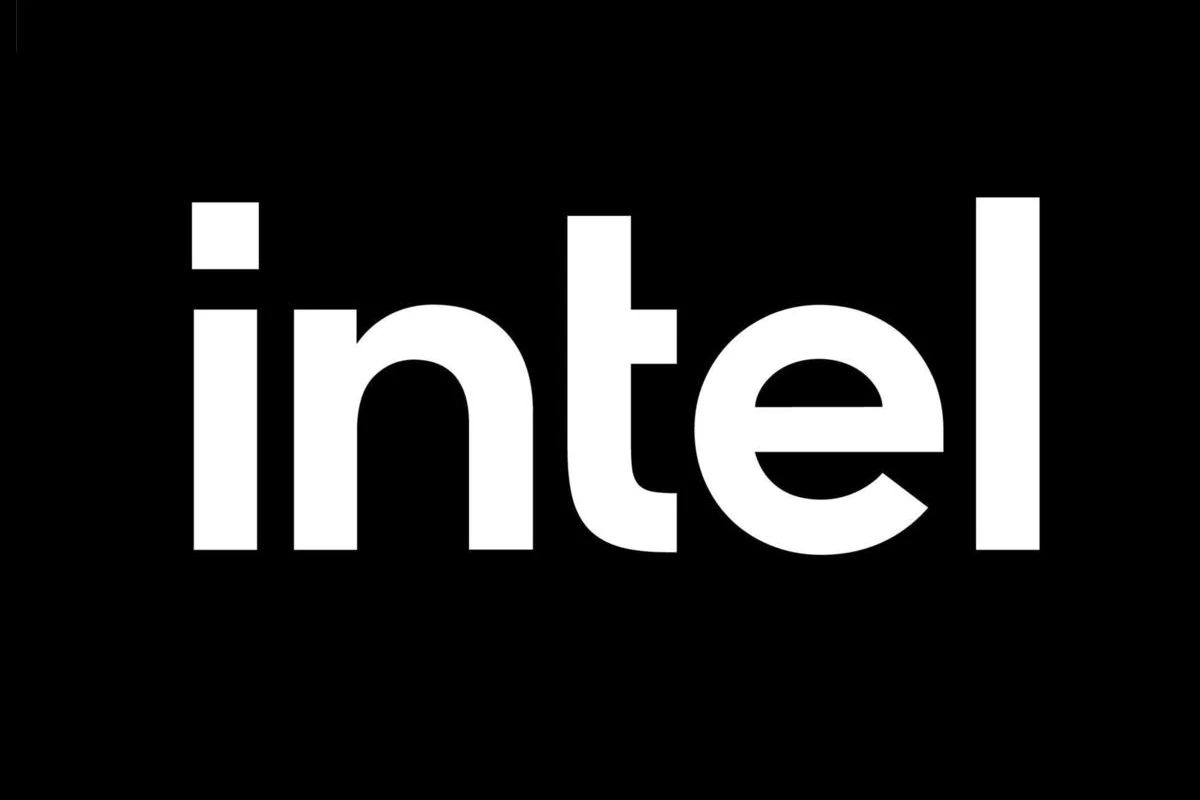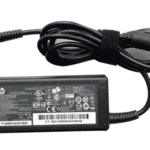Intel is preparing to lay off more than 20% of its global workforce this week according to a report by Bloomberg, a staggering move that signals just how serious the tech giant is about reshaping its future. With over 100,000 employees worldwide as of the end of 2024, this round of cuts could impact more than 20,000 people across a range of departments—marking one of the most aggressive restructurings in the company’s history.
A Shake-Up Under New Leadership
The timing of this decision isn’t random. It comes just weeks after Lip-Bu Tan, former Cadence CEO and a heavyweight in semiconductor investing, took over as Intel’s new CEO. Tan is known for his sharp focus on engineering efficiency and cutting corporate bloat. His approach has already led to a dramatic flattening of Intel’s org chart, with many engineering divisions now reporting directly to him.
That’s a major shift for a company that’s often been criticized for layers of bureaucracy and slow decision-making—issues that have allowed rivals like AMD, Nvidia, and TSMC to seize the technological edge over the past five years.
Why Now? Market Pressures & Missed Opportunities
Intel’s recent financial performance has been anything but stellar. The company is heading into its fourth straight quarter of declining revenue. Profit margins have been squeezed by weak PC demand, delays in manufacturing node advancements, and costly bets that didn’t pay off—such as its massive, still-developing foundry business.
Meanwhile, competitors are pulling ahead. Nvidia dominates the AI hardware space. AMD continues to undercut Intel in both pricing and efficiency. And TSMC’s manufacturing capabilities remain the gold standard for the entire industry. Intel’s attempt to claw back market share has been slow and, in the eyes of many investors, insufficient.
Where the Cuts Are Hitting
While Intel hasn’t disclosed exactly which departments are facing the heaviest layoffs, early reports suggest the cuts will be widespread. Management roles and back-office operations are expected to bear the brunt as part of Tan’s effort to reduce hierarchy and increase responsiveness.
Here’s a breakdown of likely impact areas based on internal reports and past restructuring moves:
| Department | Expected Impact | Notes |
|---|---|---|
| Middle Management | Heavy cuts | Goal: flatten hierarchy |
| Sales & Marketing | Moderate | Streamlining go-to-market operations |
| R&D (non-core projects) | Selective cuts | Focus shifting to AI and foundry services |
| Manufacturing & Foundry | Light to moderate | Key area of long-term investment |
| IT and Support Roles | Moderate | Outsourcing and automation likely |
Long-Term Vision: Leaner, Meaner, More Competitive?
Intel says this is all in service of building a more agile, engineering-led company. The layoffs are part of a broader $10 billion cost-reduction initiative first announced in 2024, with the aim of reinvesting savings into high-priority areas like advanced packaging, AI chips, and U.S.-based fabs.
But there’s no doubt this is a high-risk move. Morale is already shaky, and some critics argue that such deep cuts could hollow out institutional knowledge or damage key internal projects. At the same time, others believe it’s the bold reset Intel has needed for years.
If Tan can stabilize Intel’s roadmap and re-establish technical credibility—particularly in AI, server chips, and foundry services—this could mark the beginning of a long-awaited turnaround. But with layoffs this severe, all eyes will be on what Intel builds next, and how quickly it can prove this pain was worth it.
Key Takeaways
- Intel’s cutting over 20% of its staff this week.
- The goal? Less bureaucracy, smoother operations.
- Industry shifts and tough rivals played a big part in this call.
Intel’s 20% Workforce Reduction: Details and Immediate Impact
Intel’s about to let go of roughly 20% of its employees, which means thousands of people across multiple locations will be affected. The idea is to cut costs and overhaul operations after a string of tough quarters and shrinking revenue.
Reasoning Behind the Major Layoffs
Demand for PCs is down, and the semiconductor market’s not exactly booming. Intel’s profits have taken a hit as big customers hold off on chip orders, while competitors pour money into next-gen manufacturing.
The company’s got to rein in spending to keep up with new players and cover the massive bills from recent factory builds. With the chip market so unpredictable lately, Intel really doesn’t have the luxury of waiting this out.
By shrinking its staff, Intel hopes to keep more cash on hand and redirect investment into areas that actually make money. They need every penny to keep those big projects in Ohio and Arizona moving—those new factories aren’t cheap.
Affected Divisions and Locations
Honestly, almost every part of Intel is going to feel this. The deepest cuts are expected in admin, support, manufacturing, and engineering.
Key sites like Oregon’s Washington County, the Santa Clara headquarters, and the big manufacturing centers in Ohio and Arizona are all on the chopping block. Jobs in tech and product development are at risk too, especially where automation or new processes have made some roles redundant.
For employees, it’s a stressful time. Some teams—especially in chip design and manufacturing support—will see layoffs right away, but others might not know their fate for a few weeks.
Leadership Response and Communication
CEO Pat Gelsinger broke the news in a memo, calling the decision tough but necessary. He promised severance and outplacement help for those affected, though that probably doesn’t make it much easier.
Execs have been meeting with managers at major offices to go over how the layoffs will work, and how they fit into the bigger turnaround plan.
Gelsinger insists this should leave Intel stronger in the long run, but he also admitted the coming months won’t be easy. The company says it’ll keep everyone updated as things move forward, but, well, we’ll see how that goes.
Broader Context: Industry Competition and Strategic Shifts
Intel’s plan to cut up to 20% of its staff comes at a time when the whole semiconductor industry is in a bit of a scramble. Companies are rethinking their strategies—shrinking margins, surging demand for AI chips, and of course, the government stepping in to boost U.S. chip manufacturing.
Restructuring and Cost-Cutting Initiatives
These layoffs are among the biggest Intel’s ever done. The new CEO, Lip-Bu Tan, is leading the charge to slash operating costs and scrape together more than $10 billion for the company’s recovery plan. Most of the jobs going away are in manufacturing, middle management, and older units like legacy PCs.
The cost-cutting doesn’t stop there—Intel’s shutting down or combining some underperforming plants, and focusing R&D more tightly on AI hardware. They’ve dangled retirement packages and are selling off non-core assets (goodbye, parts of Altera). It’s a big shift from Intel’s sprawling, engineering-heavy past toward something leaner—maybe even a little ruthless.
Table: Restructuring Moves at Intel
| Action | Area Targeted | Purpose |
|---|---|---|
| Layoffs | Manufacturing, Mgmt. | Lower costs |
| Asset Sales | Altera, others | Fund AI, core units |
| Retirement Offering | Senior staff | Reduce payroll, retain skills |
Market Forces and Rivalries
Nvidia and AMD have basically sprinted ahead in AI chip design, which is where all the money is these days. Nvidia’s market value has exploded, its chips dominate data centers and AI training, and AMD keeps picking up steam in servers and gaming. Meanwhile, Intel’s revenue has sagged, squeezed by aggressive pricing and faster launches from the competition.
PC sales are down everywhere. Intel’s been slow on AI chips and lost ground to TSMC, which manufactures chips for rivals at a scale and efficiency Intel’s still trying to match. The company’s hoping to catch up with advanced chip manufacturing and a bigger focus on AI hardware, but honestly, it’s an uphill battle.
Semiconductor Supply Chain and U.S. Policy
The Biden administration has made chip manufacturing a top priority, pushing the CHIPS Act to pour billions into U.S. semiconductor plants. Intel’s a key beneficiary, scoring funding for its new Ohio and Arizona fabs. The aim is to bring manufacturing jobs back home and cut down on dependence on overseas suppliers, especially in Asia.
But building cutting-edge fabs is slow, expensive, and, well, complicated. TSMC and Samsung still have the edge in a lot of process tech. Intel’s layoffs and restructuring are, in part, a reaction to these pressures. The company’s betting that a leaner, U.S.-backed model will help it claw back some stability—and maybe profits—in what’s become a pretty wild industry.
Frequently Asked Questions
Intel just announced it’s letting go of more than 20% of its workforce this week. This comes after two years of restructuring and big headcount cuts in the company’s push to turn things around financially.
What are the reasons behind Intel’s decision to reduce its workforce?
Intel’s dealing with falling chip demand and shrinking revenue, which have squeezed profits. Tough competition and slower tech spending haven’t helped. The new CEO, Tan Lip-Bu, is leading these cuts to rein in expenses and (hopefully) get the company back on track.
How will the staff reduction impact Intel’s operations and product development?
Some projects are bound to slow down with smaller teams. Intel might delay or scale back certain products to keep focus on core priorities. They’re aiming not to disrupt critical technologies, but let’s be honest—less staff could still mean slower innovation.
What severance packages or support is Intel offering to the affected employees?
Intel typically offers severance, a period of health benefits, and job search support. Some folks might get extra help finding new positions, but it all depends on your role and where you’re based.
What measures is Intel taking to ensure the remaining employees are not overburdened?
Managers are supposed to review workloads and spread duties more evenly. Intel says it’ll prioritize essential projects and put less urgent stuff on hold. They claim there’ll be resources to help staff adjust, but time will tell how that actually plays out.
How does this workforce reduction compare to previous restructuring efforts by Intel?
In the last two years, Intel already trimmed its workforce by about 17%—over 23,000 jobs gone. This new 20% cut is even bigger, making it the largest single round of layoffs in recent memory. It follows a string of other cost-saving moves since 2023.
What is the projected financial impact of the staff cuts on Intel’s upcoming quarterly report?
Intel’s hoping to trim down payroll and operating costs, which should help cushion some of those recent financial blows. Some analysts think these layoffs could bring expenses down over the coming quarters, but honestly, it’s hard to say exactly how much until the next report drops. We’ll probably get a better sense of the real savings and overall impact once Intel releases its next set of numbers.







